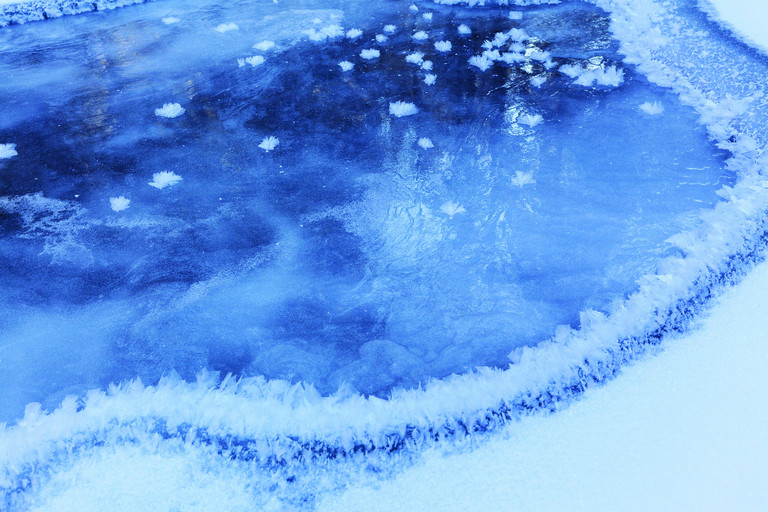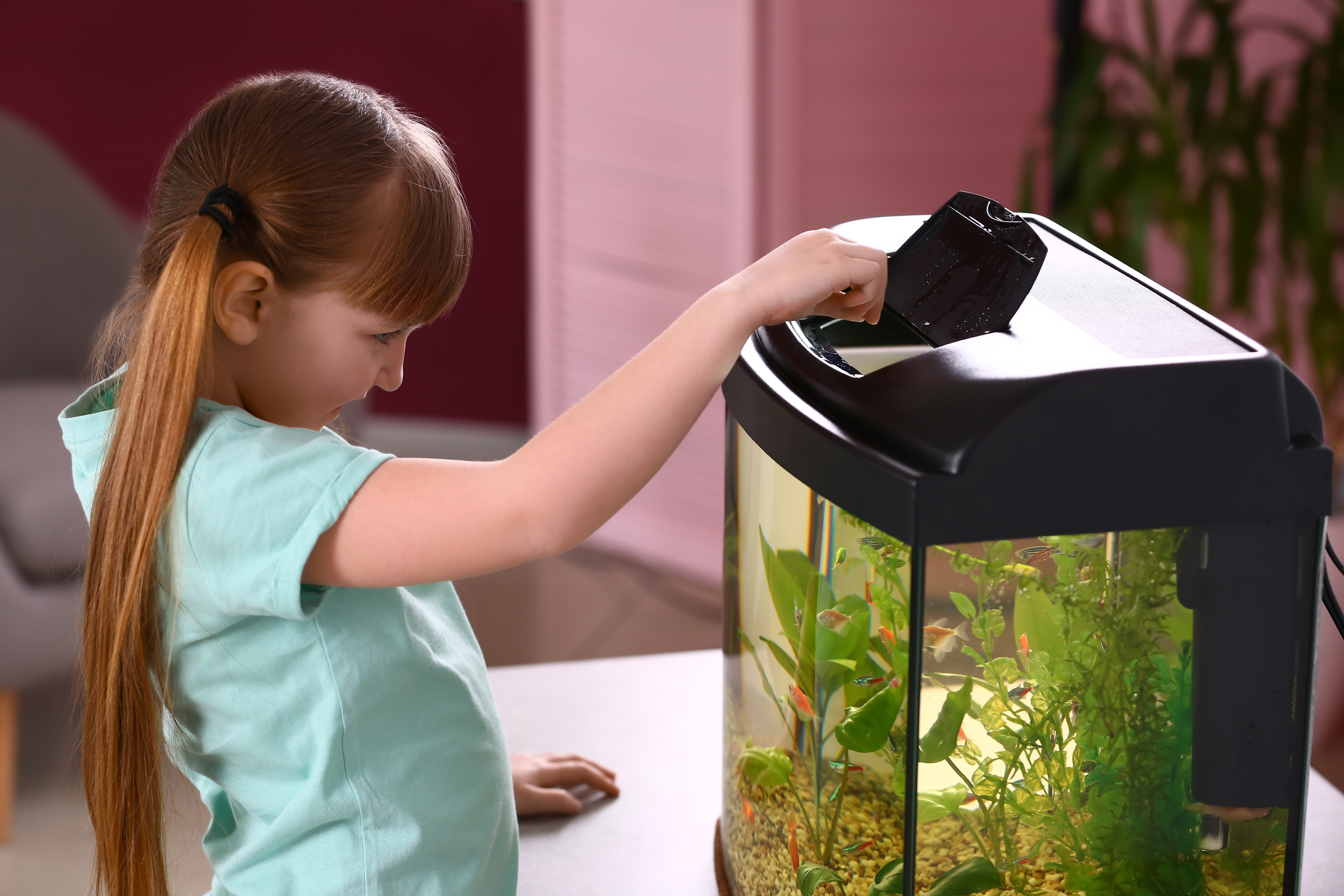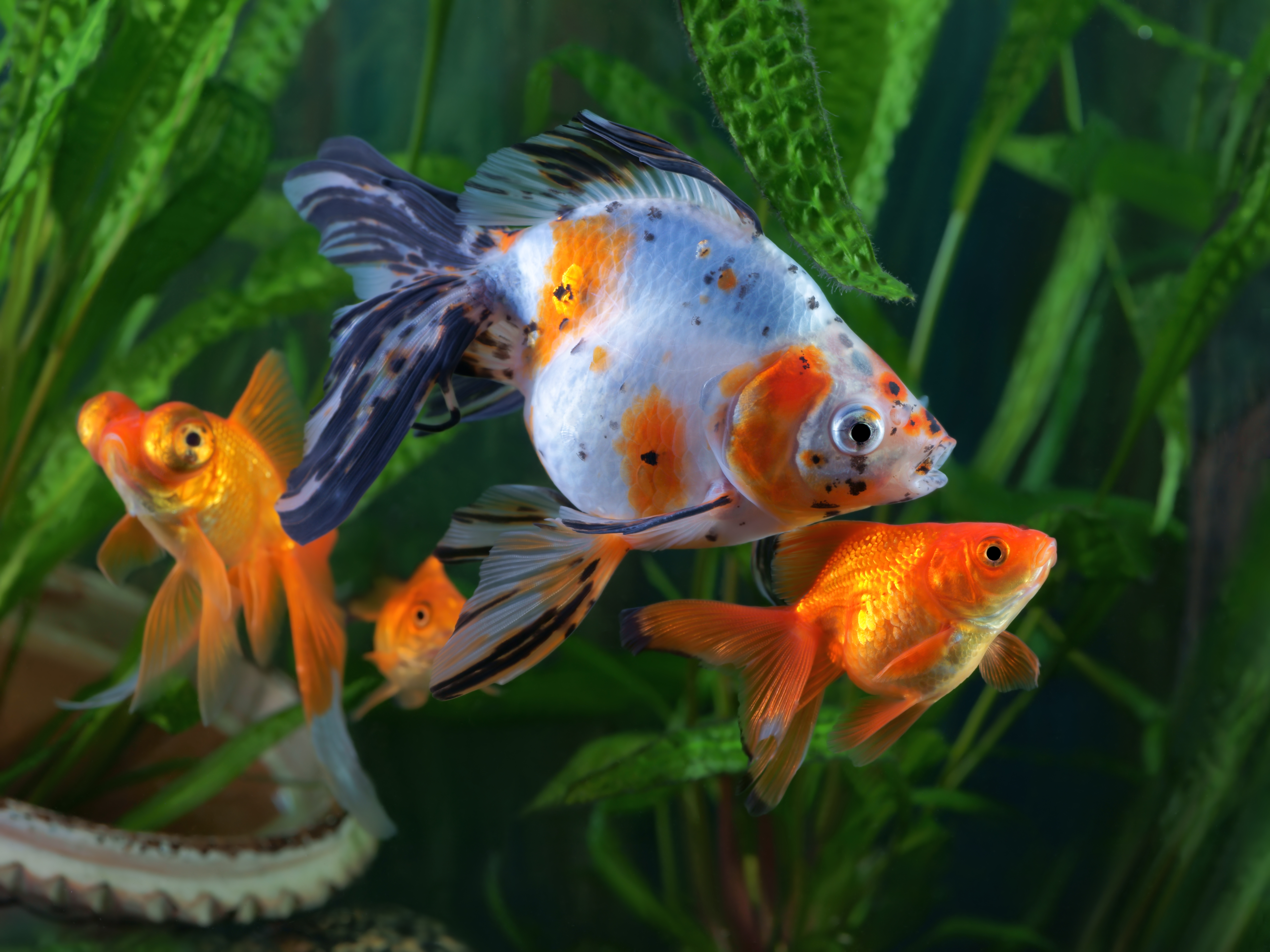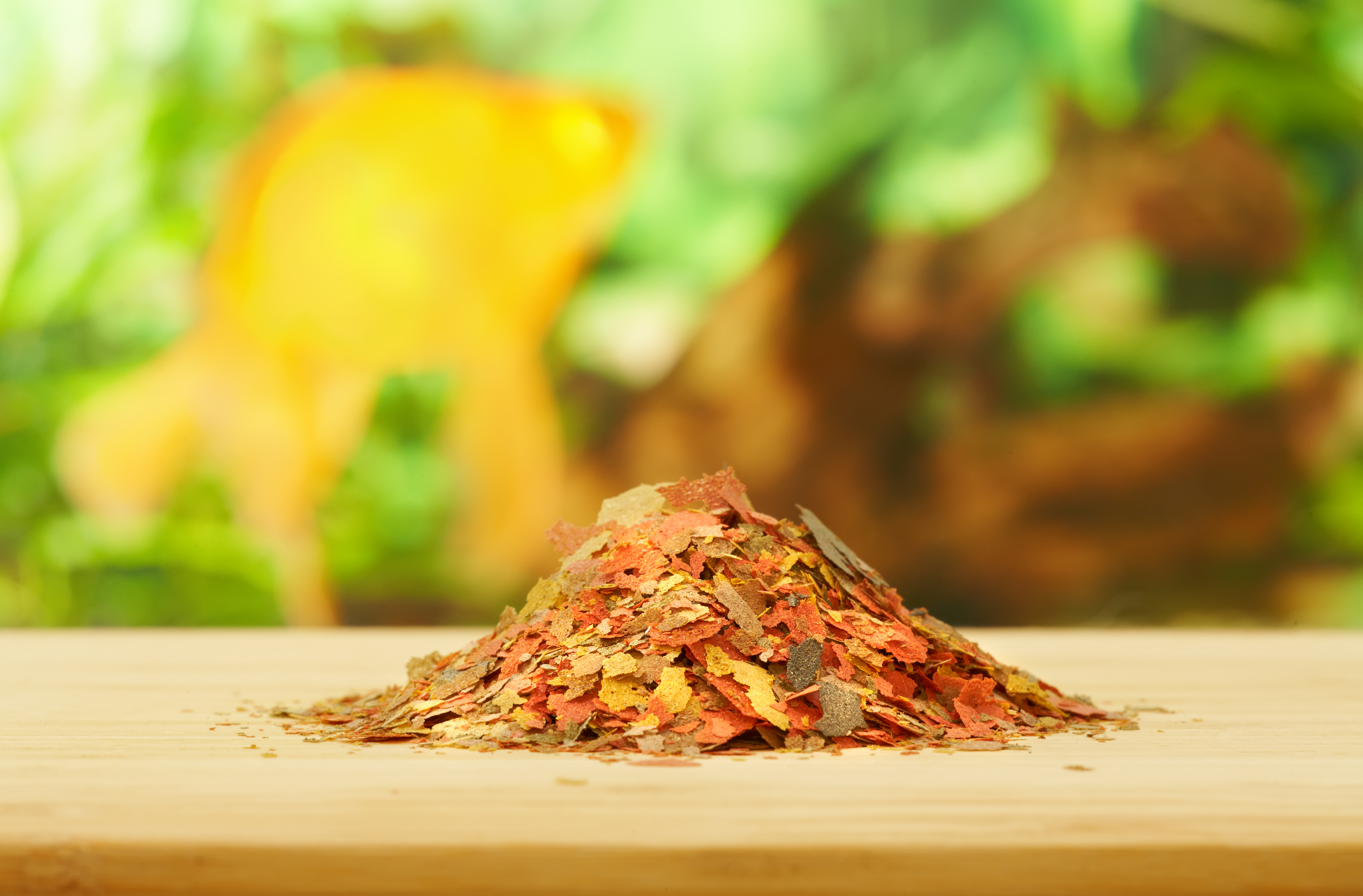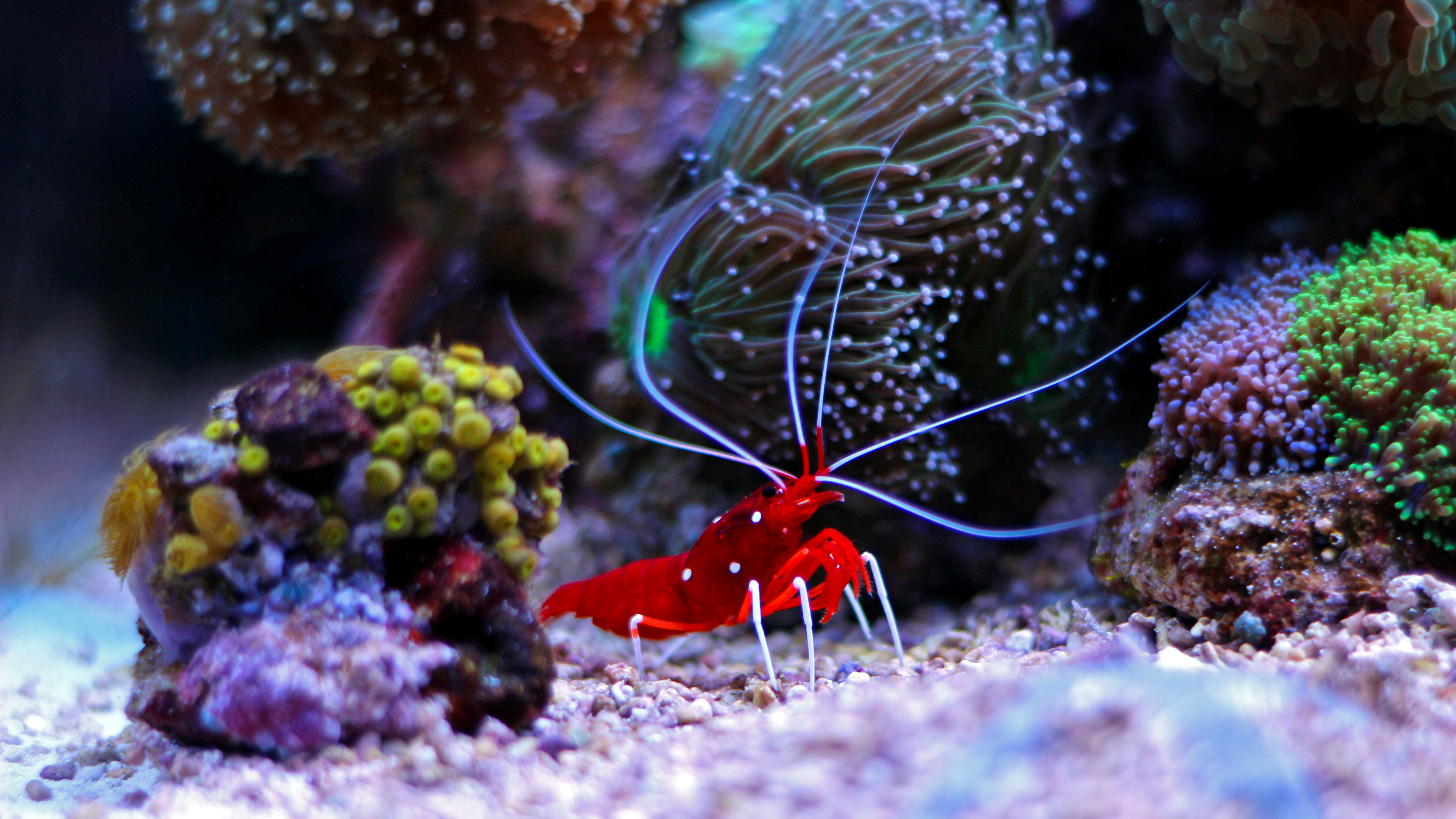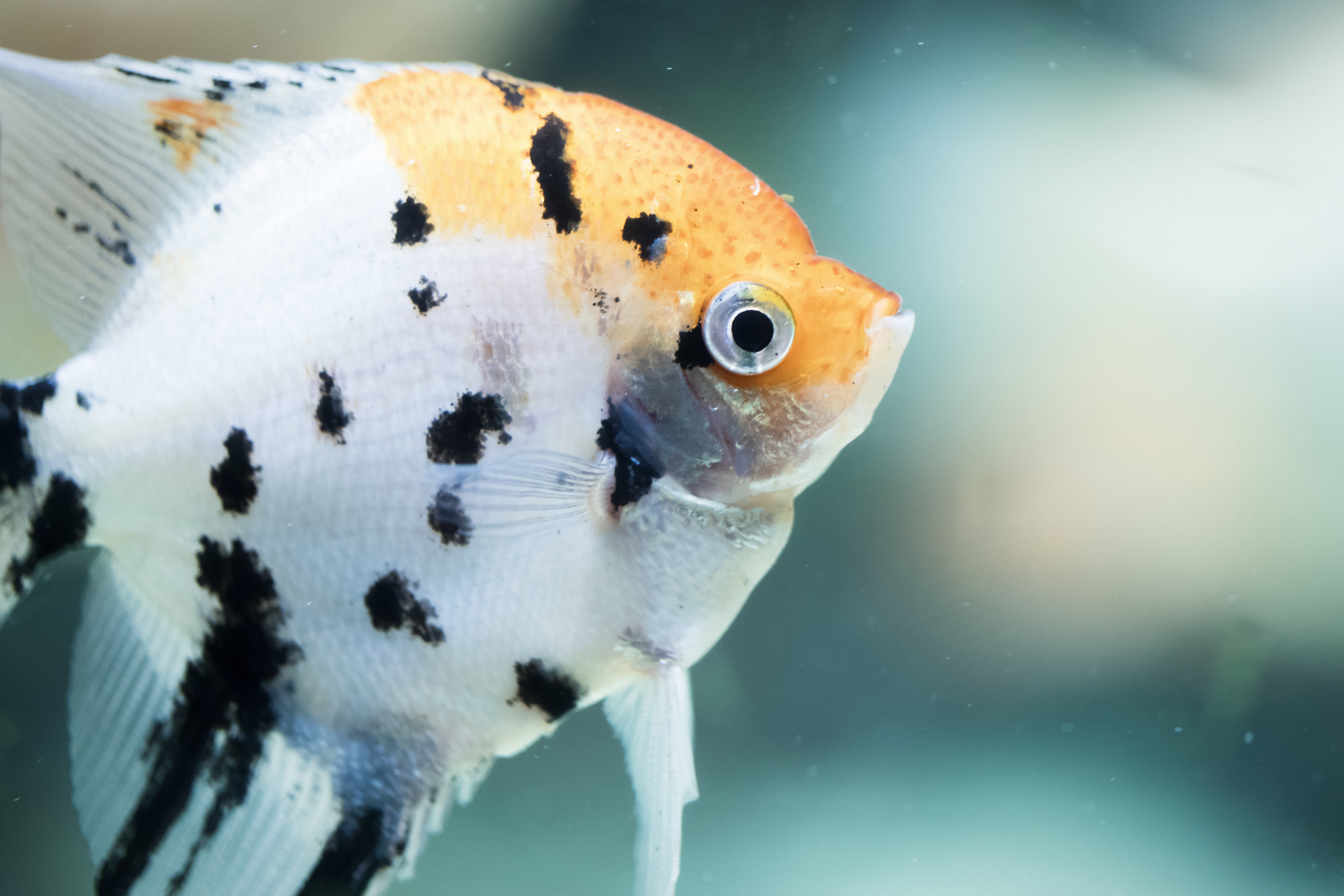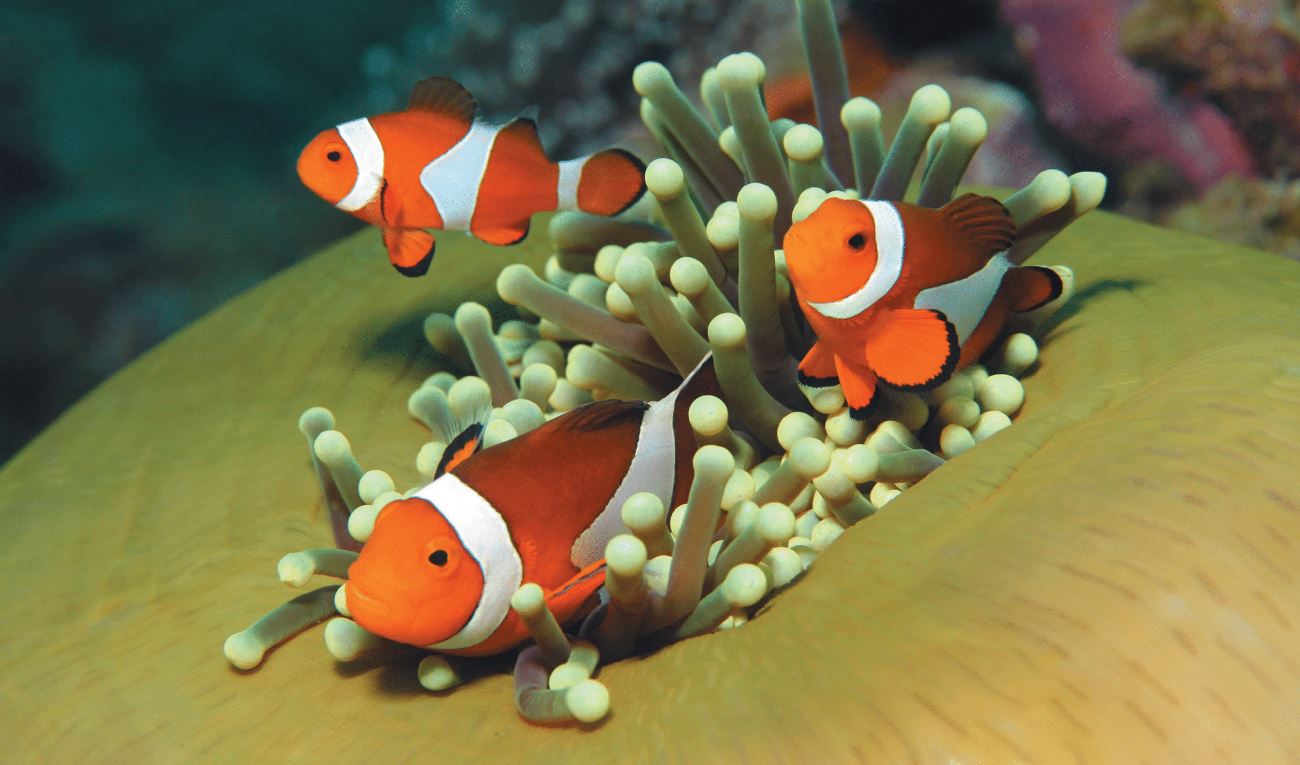Freezing Your Fins Off
Tom Mazorlig //September 26, 2013//
You’ve cared for your beautiful pond through the spring and summer, and as the leaves change, it’s time to think about preparing it for the coming winter.
Winterizing a pond helps ensure that it, and its inhabitants, ride out the winter safely and are ready to burst forth with renewed beauty in the spring. 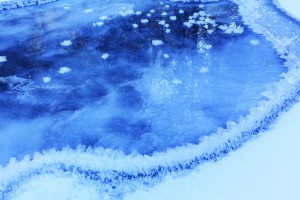
As summer changes to fall and the pond starts to cool down it is important that water quality remain optimal. Keep the pond clean by removing dead leaves and other debris regularly.
A net can also be installed over the pond before the leaves fall to minimize the amount of leaves that end up in the water. A large water change is also beneficial. Remove and replace up to 50 percent of the water before the first freeze.
“Dosing the pond with some sludge reducer (either liquid or powder) will certainly help break down any organic material so it can easily be filtered and removed from the pond,” Jose Torres, at United Pet Group, said.
Sludge reducers contain a blend of beneficial bacteria and enzymes that dissolve organic wastes and are harmless to fish.
Filters, pumps, skimmers, and other pond equipment should be cleaned, dried, and brought inside for the winter.
“If you decide to leave your equipment outside, not running, make sure there is no water inside that could cause damage when it freezes,” Torres said.
Food Issues
As the temperatures start to cool down, it is important to change a fish’s diet.
Torres recommends switching them over to a wheat germ-based diet, such as Tetra’s Spring and Fall Diet.
“It is something we encourage based on extensive research we have done over years,” he said. “As we get closer to winter and see water temperatures starting dropping below 50 degrees, it is recommended to change to a wheat-germ-based food. The reason behind is that fish are less active and eat less often, therefore their metabolism slows and their ability to process food is also reduced.
“Why wheat germ? Because wheat germ contains vegetable protein matter, which breaks down and is digested easily. Feeding fish the improper food means partially digested food can remain in the intestine for long periods of time, causing severe health problems for the fish. Feeding should stop altogether when water temperatures get below 39 degrees.”
Goldfish and koi can thrive through the winter outside, provided the pond does not freeze solid.
When a pond is deep enough, it won’t freeze below a certain depth, but this depends somewhat on your local climate.
“It freezes to at most about 30 inches in our area,” Gene Shreib, owner of Pampered Pets in Ithaca, N.Y., said. “I tell our customers to bring in their fish about Oct. 1.”
Schreib advises using the USDA plant hardiness zone as an indicator of how cold your location will get and how early in the year a frost is likely to occur.
Other fish, unless native to the area, usually cannot be kept outside through the winter, although there are exceptions.
“I know some people who keep out rosy reds,” Schreib said. “White clouds do really well in ponds. They won’t overwinter, but they come from an area that gets pretty cold.”
White clouds might be able to overwinter in an area that doesn’t experience temperatures below 45 degrees. Clearly, it’s important to understand the needs of the particular fish living in the pond.
After the Freeze
Once the winter freeze hits, make sure to keep a hole in the surface of the ice. This will allow gas exchange between the air and the water, and therefore, the fish. Without a hole, the level of oxygen will drop and the levels of carbon dioxide and other harmful gases in the water will rise.
One way to maintain an ice-free hole is with an aerator. Bubbles from the aerator keep the water moving, preventing ice formation directly above the device.
Another option for keeping part of a pond clear of ice is a de-icer, such as Tetra Pond De-Icer. These floating devices use heat to keep a small area around them from freezing. According to Torres, de-icers are energy efficient and inexpensive to run.
Pond plants also require some preparation for the winter. Many plants can stay in the pond, although tropical species will need to be brought indoors.
“Hornwort and anacharis will overwinter fine,” Schreib said.
Lilies will need trimming, leaving a little more than an inch above the crown, and need to be moved to the deepest part of the pond below the freezing line.
According to Torres, marginals and deep-water plants should be trimmed when they begin to die back. This prevents the leaves and other plant parts from decaying in the pond.
“Marginals should be weighted (with stones) and submerged in the pond with the deep-water plants,” he said. “Marsh or bog plants can be trimmed and insulated against the cold with straw.”
